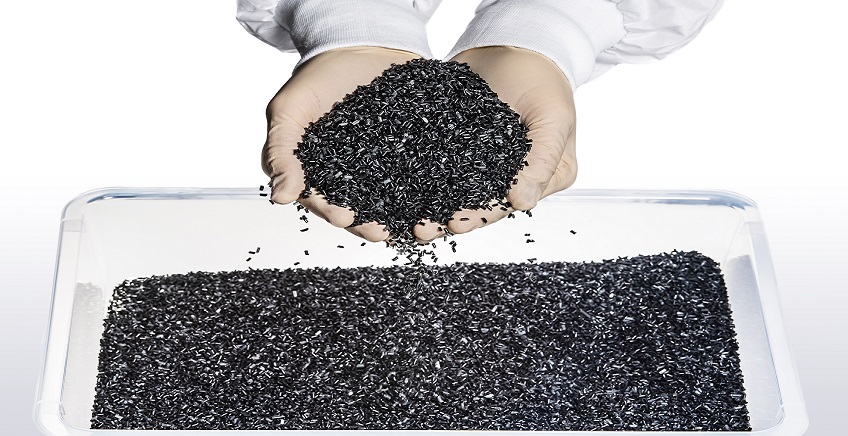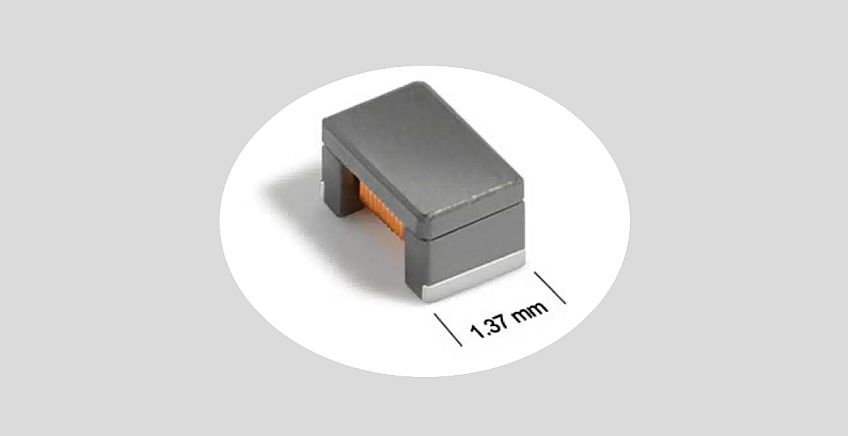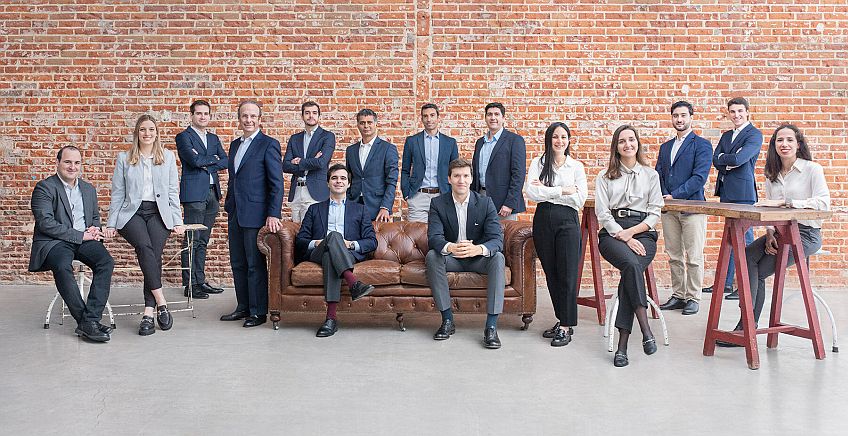“Only V2X can make a major difference in road safety”
11 May, 2022
Autotalks provides a production-grade chipsets for Vehicle-to-Everything (V2X) solutions. "The bestselling electric vehicle is the electric bicycle. We believe they should all be fitted with V2X protection"
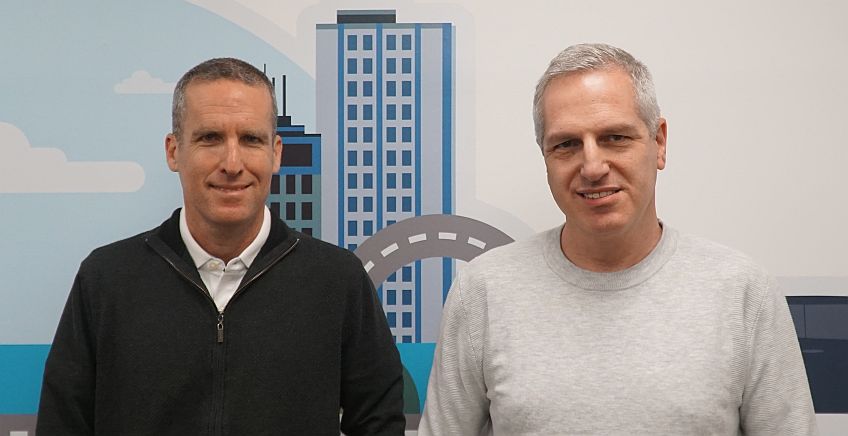
Above: Autotalks Founder and CTO Onn Haran (right) and CEO Hagai Zyss. Credit: Techtime
Autotalks has reached the same interim stage many developers for the automotive industry find themselves in: waiting for their new technologies to reach mass production. This exciting stage is evidenced in the company’s announcement that its orders backlog has grown to approximately $200 million, even though, according to CEO Hagai Zyss, “We are not at the mass production stage as of yet.”
Israel-based Autotalks is widely considered the first company to develop Vehicle-to-Everything (V2X) chipsets, enabling communication between vehicles, other road users, and traffic infrastructure. It was also the first company to integrate DSRC (Dedicated Short-Range Communications) technology and the competing C-V2X (cellular V2X) technology on a single chipset. To date, it’s the only company in the world that provides chipsets that use both technologies, and its designs have received awards from six large automakers.
Pioneer of the Vehicle-to-Everything (V2X) market
Autotalks was founded in 2008 and, to date, has raised $130 million. In an interview with Techtime, the Founder and CTO Onn Haran and CEO Hagai Zyss discussed what the competition in the Vehicle-to-Everything (V2X) sector looks like, the target gate for the global industry, and where, in his opinion, the greatest potential of the new market lies (hint: it’s not cars). “The automotive industry has exhausted its ability to enhance vehicle safety. Consequently, this has fueled the need for a radical change, which only V2X can provide,” says Onn Haran.
“Electronic safety sensors, such as Mobileye, can detect basic driver mistakes but aren’t doing enough to really transform the industry. Only V2X technology can make a major difference in road safety since it is the only sensor that can detect dangers not merely in line of sight.” Haran and Zyss first met during their military service.
Later, Haran worked at Texas Instruments and was CTO at Passave, while Zyss joined EZchip Semiconductors and Ceragon, where he was deputy CEO. In 2008, Haran discovered that the deployment of vehicle-to-vehicle communications technologies was well underway in Japan, subsequently influencing the founding model of Autotalks. The company’s first prototype was deployed in 2010 on an FPGA (Field Programmable Gate Array) which saw the company win its first tender in Japan.
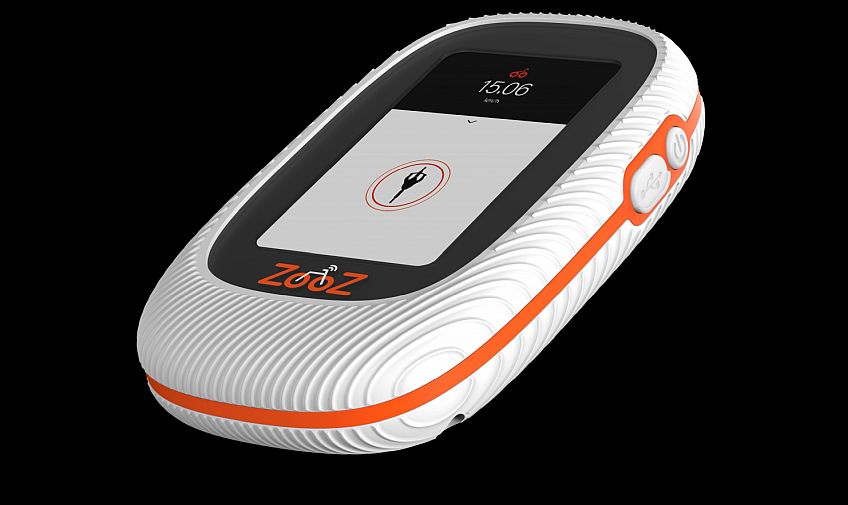
Qualcomm has changed the entire industry
Initially, the industry focused on solutions supporting the proprietary DSRC protocol, but later, Qualcomm, who dominated the cellular industry at the time, promoted its C-V2X concept – partly because many of the protocols in this technology were born in the cellular industry. Most countries in the world adopted the C-V2X protocol, except for the European Union, which opted to continue to deploy DSRC. “We began developing DSRC solutions and later adopted C-V2X. Today we are the only company that provides a dual-mode chipset that can support both.”
The global revolution of 2024-2025
“The barrier to entry in this industry is high, and the computing and development challenges faced are exceptionally difficult. A chipset needs to receive data from a varied and vast number of vehicles simultaneously and in real-time as well as to validate the source of each broadcast. Our chipset can validate the communication signals from 200 different sources simultaneously. There are also very stringent market requirements and regulations that need to be met. Therefore, to ensure we deliver quality solutions, we don’t behave like a startup, but approach business like any large corporation that has to work very carefully and meticulously to meet quality and regulatory requirements.”
When will the technology reach market?
“We expect the breakthrough year for mass use of this technology to be 2024-2025. What we will see in 2023 is that V2X will be placed in the safety star ratings of vehicles in Europe, EuroNCAP. Once it is known that V2X can positively influence a car’s safety score, we will see a surge in carmakers planning for V2X deployments.”
Surprise: the largest market will be outside the vehicle
Haran says that Autotalks is also active in the infrastructure sector, which is smaller than the vehicles market. “Some traffic lights can already identify an approaching emergency vehicle and enable it to pass uninterrupted. Our prime target in this market is protecting vulnerable road users. You must remember that the number of fatalities inside a vehicle is lower than that outside of a car. To this end, the current trend in large cities is to encourage the use of micro-mobility which means that, unfortunately, cyclists and scooters are increasingly the victims of accidents involving cars.
“Today, the bestselling electric vehicle is the electric bicycle. It is common in Europe to spend as much as €5,000 on an electric bicycle. We believe they should all be fitted with V2X protection because other vehicle sensors cannot accurately identify them. This brings us to our next challenge – a V2X system for bicycles. Our ZooZ micro-mobility platform must be affordable for the manufacturer and compact enough to fit onto a bike. Remember, a bike’s speed and mechanics are different, so they require different hardware and software optimization. But we see real potential in this market and believe that the non-vehicle market will ultimately be V2X’s greatest opportunity.”
Posted in: Automotive , News , Wireless

